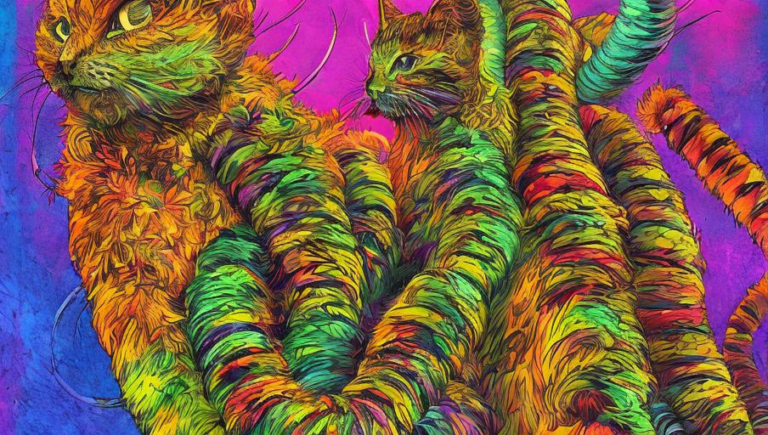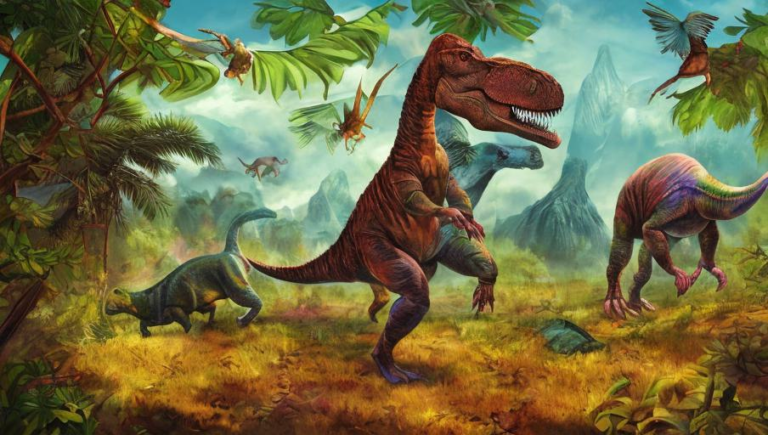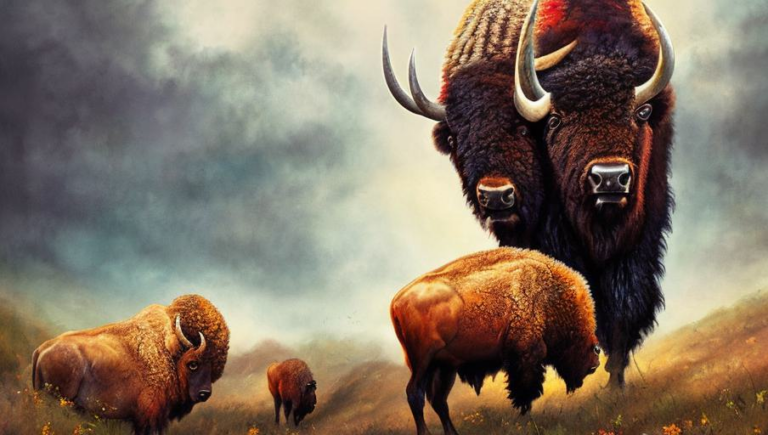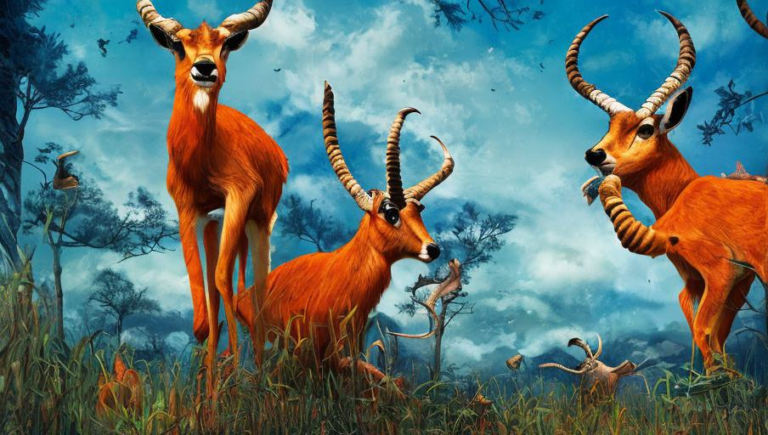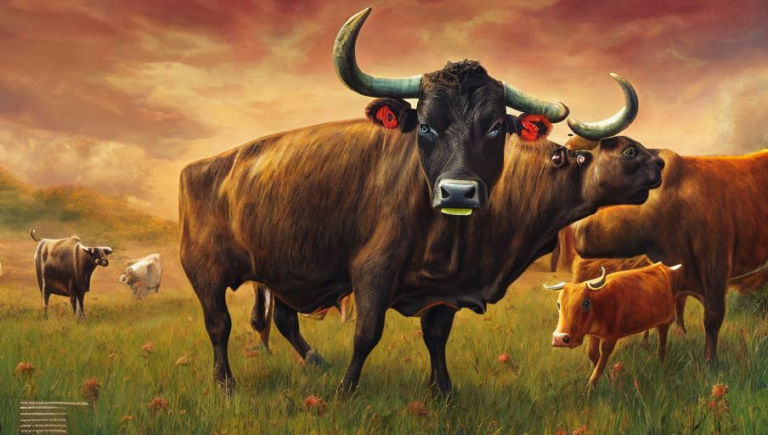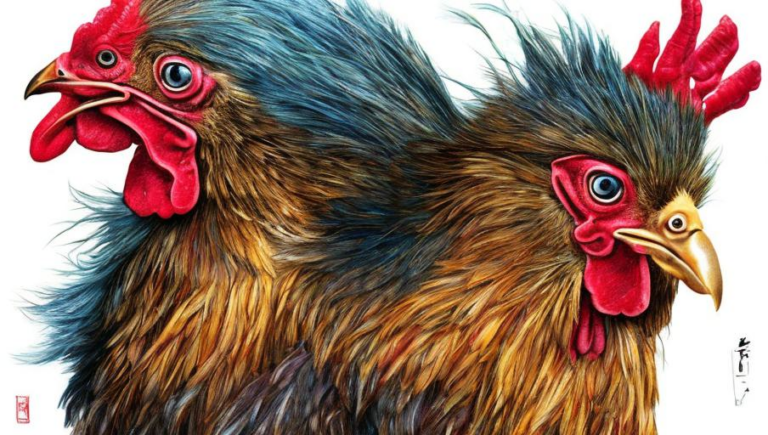Gaining a Greater Appreciation for the Anteater
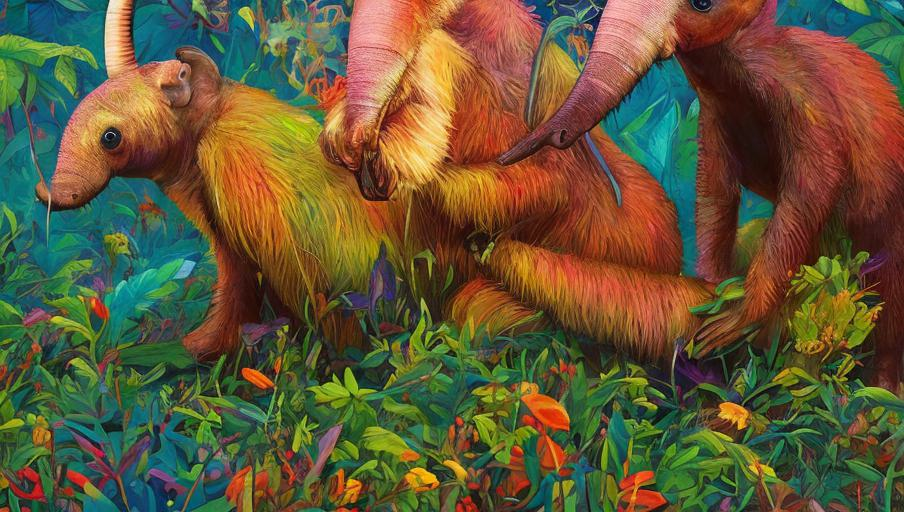
Introduction to the Anteater
The anteater is an animal that has captivated people for centuries, due to its unique appearance and behavior. The anteater is found in Central and South America and is an important part of the food chain in many ecosystems. There are four species of anteaters, the giant anteater, silky anteater, northern tamandua, and southern tamandua, which all have distinct characteristics.
The Giant Anteater
The giant anteater is the largest species of anteater and is found in open habitats, such as grasslands, savannas, and dry forests. It has an elongated snout and a large tongue that can reach up to 24 inches in length, which it uses to eat ants and termites. It also has a long, bushy tail that can reach up to three feet in length.
The Silky Anteater
The silky anteater is the smallest species of anteater and is found in tropical forests. It has a short snout and a short tongue and specializes in eating soft-bodied insects. It also has a short, smooth fur that is often patterned with stripes.
The Northern and Southern Tamandua
The northern and southern tamandua are found in tropical forests and feed mainly on ants, termites, and other insects. They have a medium-sized snout and a long tongue. They also have a long, bushy tail and a thick, wooly fur that can be either black or brown in color.
The Anteater’s Place in the Ecosystem
The anteater plays an important role in the ecosystems it inhabits. It helps to control insect populations, which in turn helps to maintain the balance of the food chain. It also helps to spread the seeds of the plants it eats, which in turn helps to promote the growth of new vegetation.
The anteater is also important to its local communities. In some areas, people keep anteaters as pets and many tribes consider them to be a symbol of strength and protection. In addition, the anteater is an important source of food for some people, particularly in rural areas of Central and South America.
Conservation of the Anteater
Unfortunately, the anteater is threatened by habitat loss, deforestation, and hunting. It is estimated that the giant anteater has lost 30-50% of its habitat due to human activities. Additionally, the silky anteater and both species of tamandua are considered to be endangered. As a result, conservation efforts are needed to protect these animals and their habitats.
In order to protect the anteater, people must work to reduce deforestation and hunting. Additionally, people must work to create and protect wildlife reserves and national parks to ensure that the anteater has a safe place to live and feed. Finally, people must also increase public awareness of the importance of protecting the anteater and its habitat.
Gaining a Greater Appreciation for the Anteater
The anteater is an amazing animal that is essential to many ecosystems and cultures. By learning more about the anteater, people can gain a greater appreciation for this incredible creature and the importance of protecting it. As a result, people can help to ensure that the anteater will remain a part of the world for generations to come.
